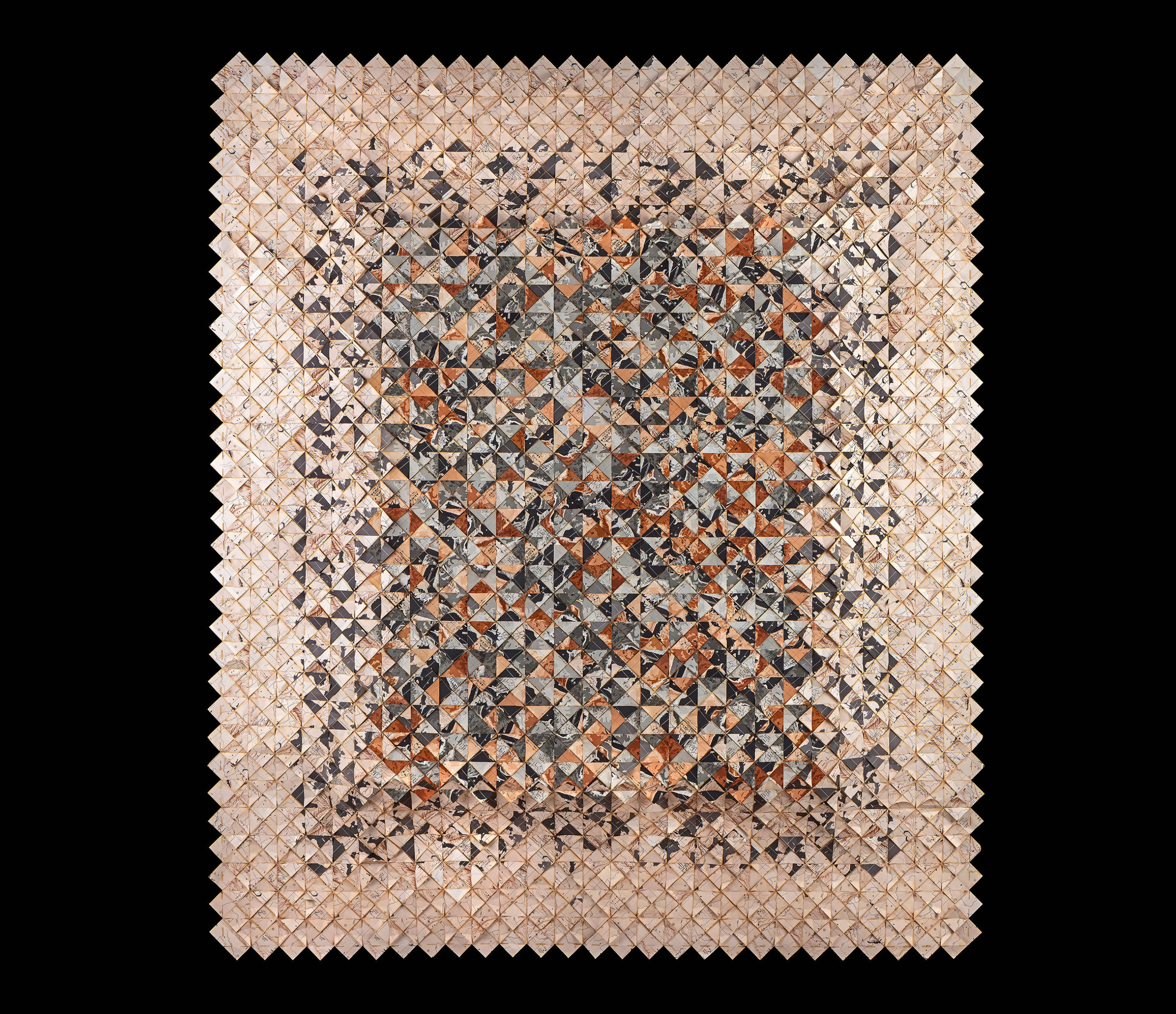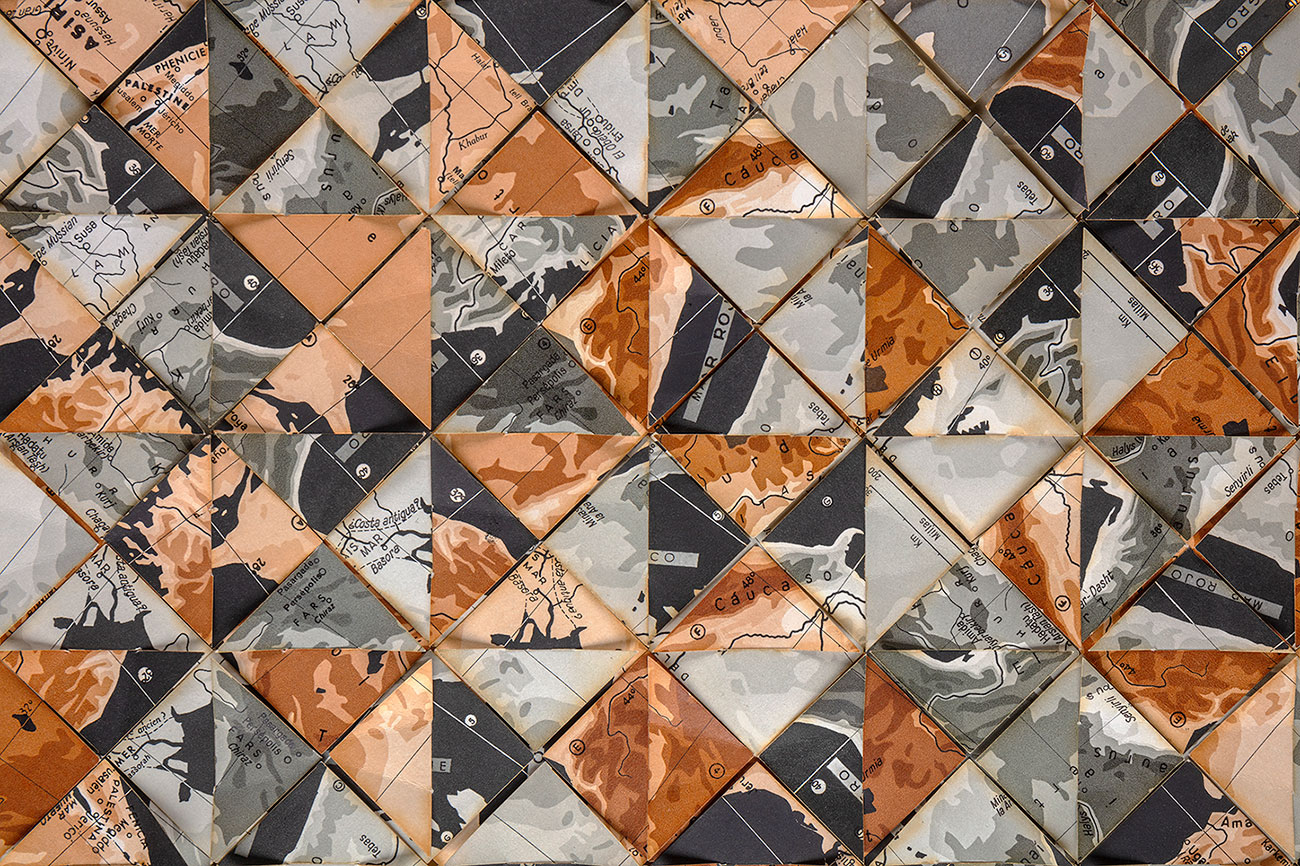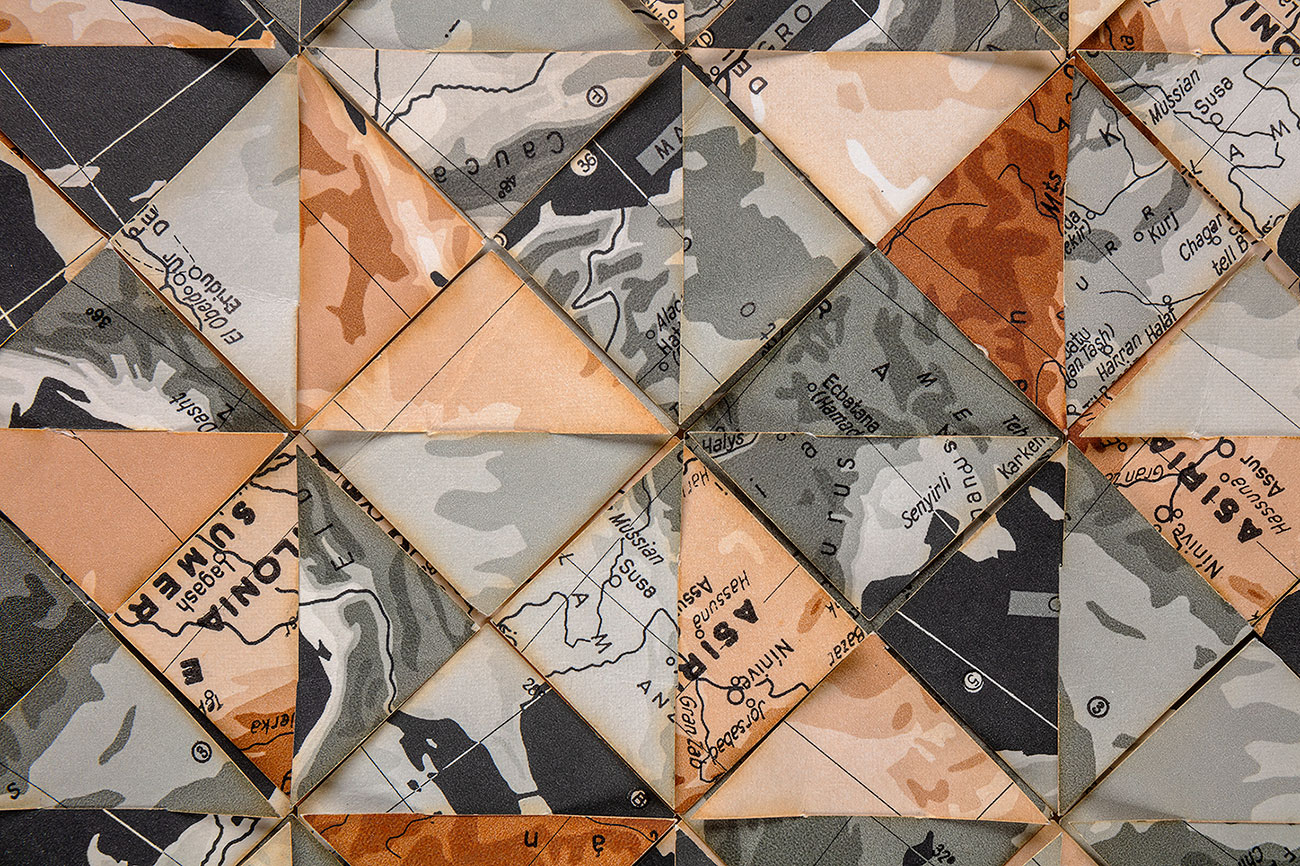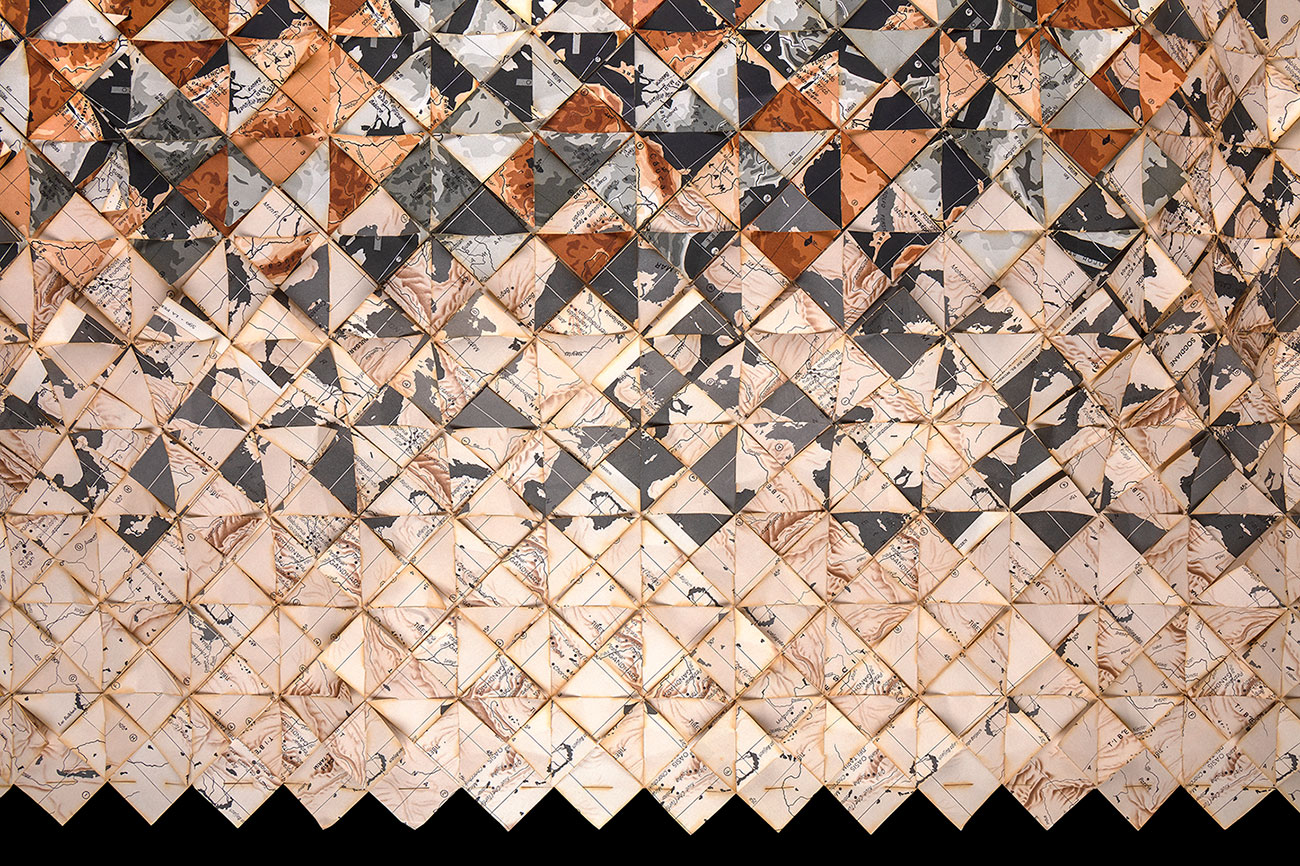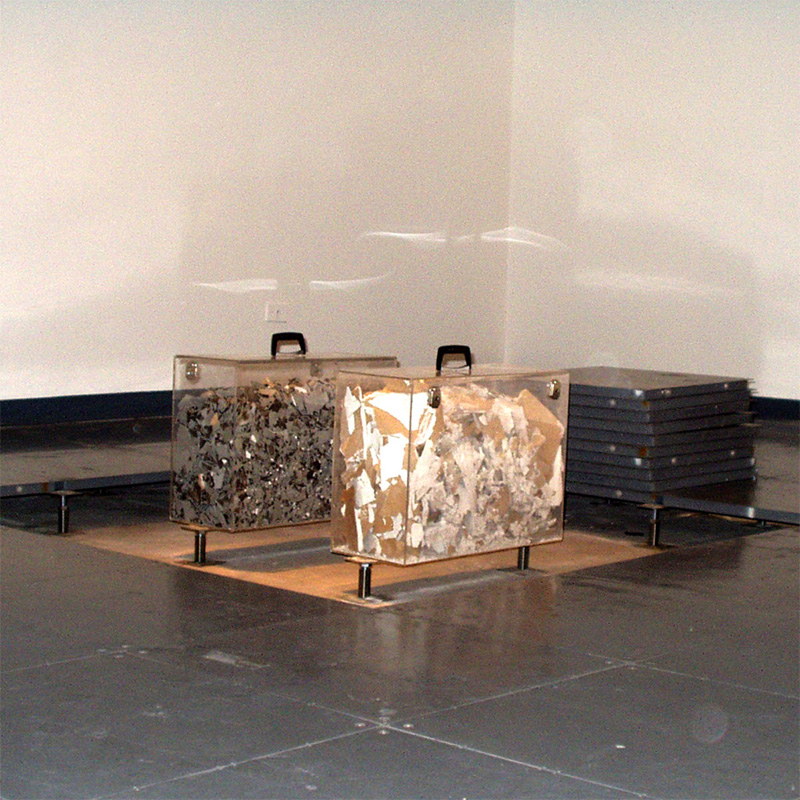The Fertile Crescent is the boomerang-shaped region of the Middle East that was home to some of the earliest human civilizations. Also known as the “Cradle of Civilization,” this area was the birthplace of a number of technological innovations, including writing, the wheel, agriculture, and the use of irrigation. The Fertile Crescent includes ancient Mesopotamia.The region historically contained unusually fertile soil and productive freshwater and brackish wetlands. These produced an abundance of wild edible plant species. It was here that humans began to experiment with the cultivation of grains and cereals around 10,000 B.C. as they transitioned from hunter-gatherer groups to permanent agricultural societies.In addition to farming and cities, ancient Mesopotamian societies developed irrigation and aqueducts, early systems of banking and credit, property ownership and the first codes of law, temples, pottery and spiritual artifacts that have being either stolen and or displaced from their original site to be shown as power emblem in other nations. British and French archaeologists began exploring the Fertile Crescent for the remains of storied Mesopotamian cities such as Assyria and Babylonia as early as the mid-1800s.
Today the Fertile Crescent is not so fertile: Beginning in the 1950s, a series of large-scale irrigation projects diverted water away from the famed Mesopotamian marshes of the Tigris-Euphrates river system, causing them to dry up.
FERTILE CRESCENT I .Woven paper from archeaological maps from the cradles of civilization main cities discovered by british and french archeaologist in the mid 1800s, such as Assyria, Babylonia and Persepolis. 150 x 180 x 10 cm. 2020


